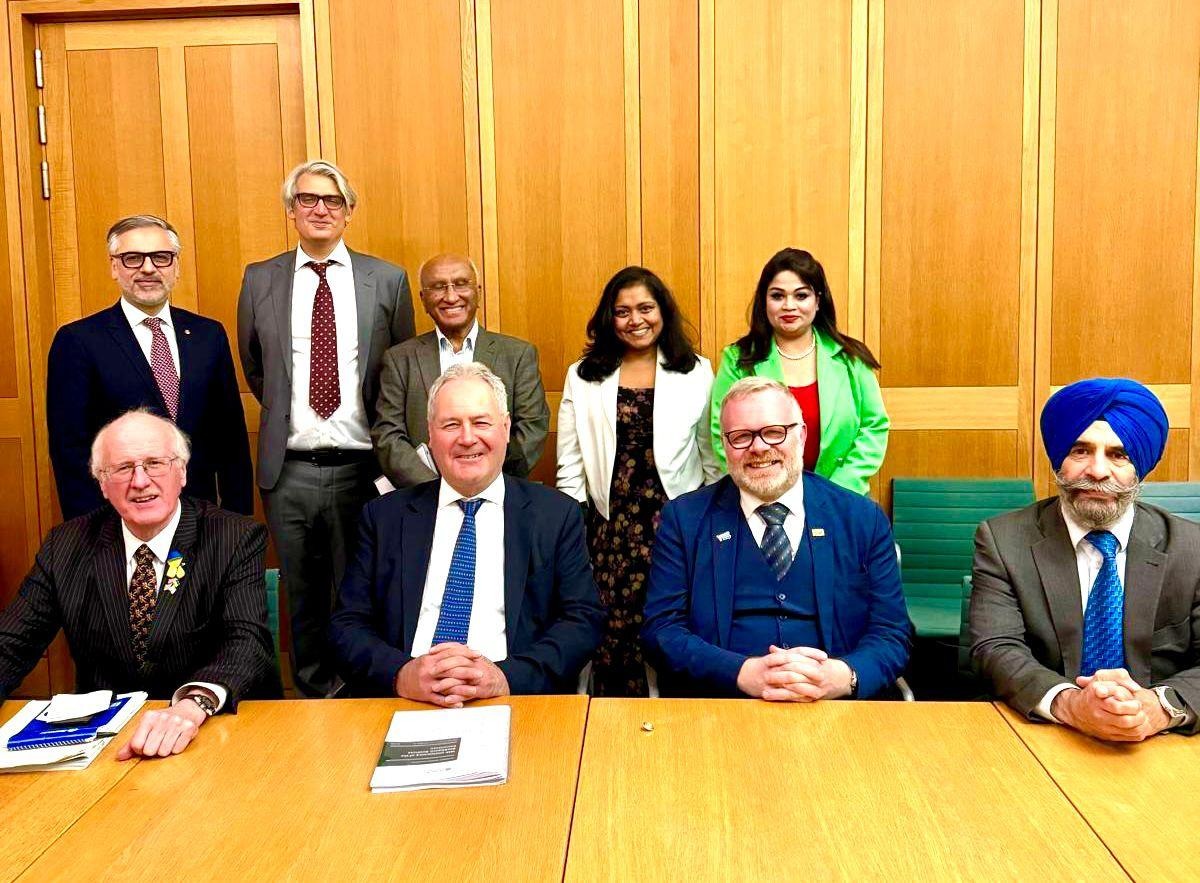5262
Published on October 14, 2023Dr. Matiur Rahman:
On October 7, 2023, history was made in the vibrant city of Dhaka, Bangladesh, as Prime Minister Sheikh Hasina inaugurated Terminal 3 of Hazrat Shahjalal International Airport. This monumental event marked not only a significant infrastructural achievement but also a crucial step forward in the country's economic development, tourism, and connectivity on the global stage. Terminal 3, designed to accommodate the ever-increasing number of passengers, reflects the nation's commitment to enhancing its aviation sector and welcoming the world with open arms.
Terminal 3, a marvel of modern architecture and engineering, stands as a testament to Bangladesh's dedication to progress. Spanning over vast acres of land, the terminal boasts state-of-the-art facilities, cutting-edge technology, and a design that seamlessly blends functionality with aesthetics. The structure is a harmonious fusion of traditional Bangladeshi design elements and contemporary aesthetics, showcasing the nation's rich cultural heritage on a global platform.
One of the primary drivers behind the construction of Terminal 3 was the need to accommodate the soaring passenger numbers at Hazrat Shahjalal International Airport. In recent years, Bangladesh has witnessed substantial economic growth, leading to an increased demand for air travel. The existing terminal, while functional, had become inadequate to handle the influx of passengers, resulting in congestion and inconveniences.
Terminal 3 addresses this issue by providing ample space, both in terms of passenger lounges and operational areas. With its expanded capacity, it can handle a significantly larger number of passengers, ensuring a smoother and more enjoyable travel experience. This capacity boost is poised to play a pivotal role in Bangladesh's goal to position itself as a regional aviation hub.
The inauguration of Terminal 3 is not just about providing comfort and convenience to passengers. It also holds the key to enhancing Bangladesh's connectivity with the rest of the world. Airports are often seen as gateways to a nation, and Terminal 3 opens up new gateways for trade, tourism, and diplomatic exchanges.
With modern cargo facilities and improved logistics, the airport is better equipped to facilitate the swift movement of goods in and out of Bangladesh. This development can foster increased international trade and investments, bolstering the nation's economy and helping it forge stronger ties with global partners.
Tourism is a sector with vast untapped potential in Bangladesh. The country is blessed with natural beauty, a rich cultural heritage, and a warm hospitality that has the power to attract travellers from all corners of the world. Terminal 3 plays a crucial role in promoting tourism by offering an inviting first impression to visitors.
Its architectural elegance and modern amenities reflect a nation eager to welcome tourists with open arms. The improved passenger experience, including immigration and customs facilities, can help streamline the entry process, making it more efficient and enjoyable for tourists. As a result, Bangladesh is likely to see a surge in international visitors, contributing significantly to the tourism industry and the overall economy.
The aviation sector in Bangladesh has been steadily growing over the past few years, and the inauguration of Terminal 3 is a testament to the nation's commitment to nurturing this growth. The new terminal not only addresses immediate passenger demands but also sets the stage for future expansion and development in the aviation industry.
It offers the latest in airport technology and safety measures, ensuring a secure and efficient travel experience. With additional gates, better aircraft parking facilities, and streamlined baggage handling processes, Terminal 3 has the potential to attract more airlines to operate in Dhaka, expanding route networks and increasing competition, which can lead to more affordable air travel options for passengers.
The construction and operation of Terminal 3 have created a substantial number of employment opportunities for Bangladeshis. From skilled labourers and engineers to customer service personnel and security staff, this infrastructure project has positively impacted the livelihoods of many. As the airport continues to grow and attract more airlines, it will sustain a diverse range of jobs, further contributing to the nation's economic prosperity.
Moreover, the growth of the aviation sector has a ripple effect on other industries, such as hospitality, tourism, and transportation. New hotels, restaurants, and transport services are likely to spring up in response to increased passenger traffic, creating even more job opportunities for the local workforce.
While Terminal 3 brings a host of advantages, it's essential to balance progress with environmental responsibility. The aviation industry is a significant contributor to greenhouse gas emissions, and airports are often seen as culprits in this regard. However, the inauguration of Terminal 3 presents an opportunity for Bangladesh to address these concerns proactively.
The new terminal incorporates eco-friendly features, such as energy-efficient lighting, waste management systems, and a commitment to sustainable construction practices. Furthermore, the airport can explore partnerships with airlines to promote the use of cleaner fuels and implement measures to reduce its carbon footprint.
Terminal 3's inauguration is not merely an infrastructural achievement; it's a symbol of Bangladesh's progress, resilience, and ambition. It signifies a nation that has overcome numerous challenges to reach new heights. It serves as a message to the world that Bangladesh is open for business, trade, and collaboration.
Prime Minister Sheikh Hasina's vision for the country is encapsulated in this grand terminal, where aspirations take flight, and opportunities abound. It reinforces the idea that with determination, innovation, and a commitment to development, even the most ambitious dreams can be realized.
While the inauguration of Terminal 3 is a momentous occasion, it's essential to recognize that challenges lie ahead. The aviation industry is highly competitive and subject to various global and regional factors. Rising fuel prices, geopolitical tensions, and changing consumer preferences are just a few of the challenges that airlines and airports must navigate.
To ensure the continued success of Terminal 3 and the aviation sector as a whole, collaboration between the government, private sector, and international partners will be crucial. Investment in staff training, technology upgrades, and ongoing infrastructure maintenance will be necessary to keep the airport operating smoothly.
The inauguration of Terminal 3 at Hazrat Shahjalal International Airport is a remarkable milestone in the nation's history. It represents progress, opportunity, and a vision for a brighter future. Terminal 3 not only meets the immediate needs of passengers but also positions Bangladesh as a regional aviation hub and a global player in the aviation industry.
As Bangladesh continues on its path of economic development, tourism promotion, and connectivity enhancement, Terminal 3 stands as a symbol of the nation's determination to rise above challenges and seize the opportunities that lie ahead. It is a testament to what a nation can achieve when it dares to dream big and works tirelessly to turn those dreams into reality.
Indeed, the inauguration of Terminal 3 at Hazrat Shahjalal International Airport is a testament to the vision and leadership of Prime Minister Sheikh Hasina. Her commitment to the development and progress of Bangladesh has been a driving force behind many infrastructural projects that aim to enhance the nation's connectivity, economic growth, and global standing. As Terminal 3 opens its doors to passengers and symbolizes progress, it reflects the dedication of Prime Minister Sheikh Hasina and her government to the welfare and future of the country.
Writer: Researcher and a development worker
Courtesy: Daily Asian Age














